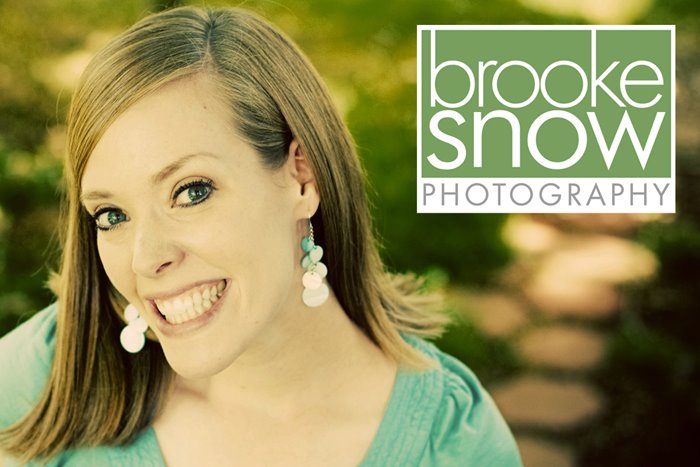"Lets start at the very beginning. A very good place to start" -Maria Von Trap; Sound of Music.






Composition: How is your picture composed? Most think very little about this element other than usually centering the subject in the middle of the frame. Here's a few tips that I picked up that have improved my pictures greatly!
1. Scan your eyes around the frame. When you're looking through the view finder, don't be only focused on looking at your subjects face. Are you cutting off an essential element of the picture? A classic example of this was the engagement pictures that I took of my sister. She and her soon to be husband were beautifully posed in a ballroom dance "dip". I captured the entire moment, only somehow I cut half of her shoe out of the picture. Had I taken the time to quickly scan my eyes around the frame, I would have noted that I needed to zoom out just slightly! An essential element of the photograph was the elegance of the graceful body positions, but you couldn't fully enjoy it when it was abruptly cut off. (Needless to say, they still used it for their wedding announcement... sorry to spoil it now!)
Another tip. If you are going to crop people in the picture (which is perfectly fine and wonderful!), don't do it at joints. Elbows, wrists, knees, ankles... etc. I read it in a photo book, but can't find the reference now...but I agree! Our eyes are more comfortable compositionally to not have appendages cropped at the joints.
Below is a picture I shot last Halloween. I cropped the picture right at her ankles and it doesn't look right. I should have zoomed out (which I later did), and gotten the whole body. Or zoomed in close and cropped at a more comfortable place.

Tip 2: Don't leave too much headroom at the top of your picture.
Below is an example of a family picture I shot a year ago. (I've gotten lots better, and this certainly wasn't the best picture from the shoot...but it illustrates a point.) I cut off the youngest girls body and left too much head room at the top of the picture. It looks really out of proportion because the top part has so much empty space. I should have repositioned myself...crouched down to be able to frame them more evenly and not cut off parts of the family.

2. Ask yourself, "What offends me about this picture?" I'm not talking about morally offensive here! When you take the time to scan your eyes around the frame, and then to look at the details of the picture for something "offensive", you might notice that the person is standing in front of a tree in just the right spot that it looks like a branch is growing out the top of their head! Or a pole in the distance across the street is coming out the top of their head. Take the time to reposition yourself, or the subject. It will dramatically help the picture out! Also you might notice a distraction in the background. Many things are easily moveable, and will greatly improve the picture.
The following picture isn't "too offensive" but you can see how the line from the door is sticking out the top of her head? If I had her move slightly over it would have looked better.

3. Get the best angle, or a different angle. Those of you photographing children...we always see them with our perspective looking down, because they are shorter than us. Try getting down on their plane or perspective. When shooting portraits it is very flattering to have the lens at the same eye level as your subject. With kids this means getting lower. Another awesome awesome perspective is to lay on your stomach to take the picture... or look through the grass. Here's an example of a family picture that I shot.
The family is sitting in the grass, and instead of shoting "down" on them, I got on the same level. I'm about 3 feet away on my stomach, shooting "through" the grass. It's a fun angle.

Here's an example of an engagement shoot I did a few months ago in a library. (That's where they met). I'm sitting an isle away from them on the floor, on the same level as they are.

Another fun angle is to intentionally shoot from high above someone. I now carry a step ladder with me to get some of these shots.

This look is flattering for a few reasons. Looking up they get more even light on their face, and its slenderizing! But that is for a totally different lesson!
Well, That concludes our lesson today! I hope you learned some helpful tips!
Assignment #1. Take pictures! But follow the tips!
-Scan the frame of your picture before shooting.
-Look for "offensive" things in your picture and fix it.
-Look for interesting angles.
When you have one or two of your finest examples you'd like to share, email me at brookesnowphoto@gmail.com and I will give you the information you need to upload your picture on the blog so we can all comment! Thanks class! You're excused!
